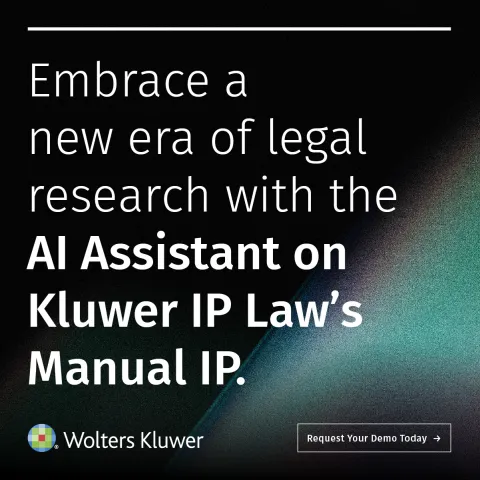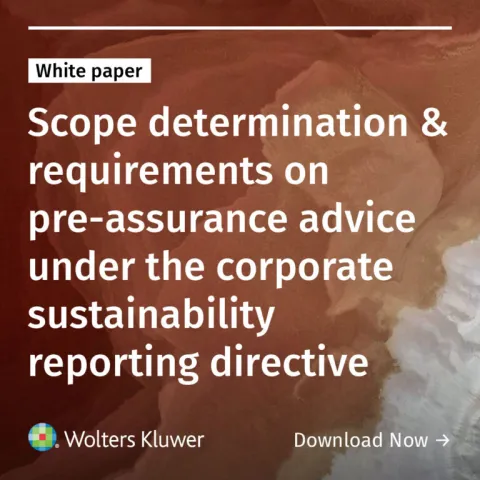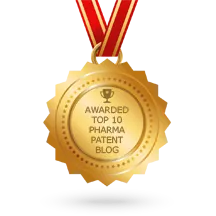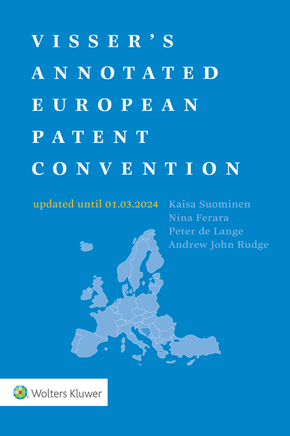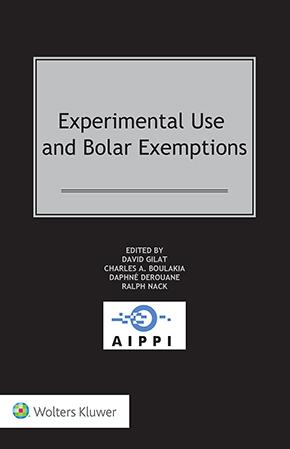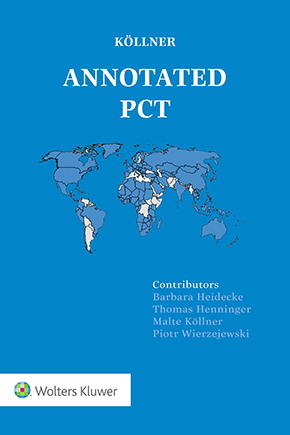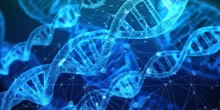Brazil- BRPTO Publishes Draft Guidelines for Patent Applications on New Uses of Known Products
August 6, 2025
The Brazilian Patent and Trademark Office (BRPTO/INPI) has recently opened a public consultation period (ending September 26, 2025) for proposed amendments to its Chemistry examination guidelines, specifically addressing patent applications for new uses of known products.
The updated guidelines specifically target inventions where the primary innovation is the new use of a known product, rather than merely a secondary use of a new product. Notably, the guidelines reinforce that use claims should be treated as process claims, reflecting the Brazilian approach to medical use inventions.
Novelty and Inventive Step Assessment
The proposed guidelines better define and exemplify the steps for novelty and inventive step evaluation, which must focus exclusively on the new purpose or use, assessing whether it was previously disclosed or would be obvious to a skilled practitioner.
Features That Do Not Confer Novelty
The guidelines explicitly state that the following features cannot provide novelty for new use claims:
- Dosage regimen variations;
- Route of administration modifications;
- Patient group specifications (e.g., using a known product for a subset of patients, e.g., diabetics, children, elderly, is not novel); and
- Treatment schedule alterations.
Obviousness Presumptions
Claims are likely to be rejected as obvious when:
- The mechanism of action for the new use is identical to the mechanism known for the compounds in the state of the art already used for treating the new therapeutic application;
- The compound's mechanism of action is known and also relates to the treatment of the new condition;
- There is structural similarity to known compounds used for the same purpose;
- The new use is based on known side effects or symptom management already described in the art; and
- The etiology of the new and previous indications is the same.
Enablement Requirements: A Heightened Standard
In Vivo Evidence Mandate
Perhaps the most restrictive aspect of the proposed guidelines is the mandatory requirement for in vivo evidence at the time of filing. The guidelines explicitly state that:
- In vivo studies are required for enablement;
- Data from in vitro, ex vivo, or in silico studies alone are insufficient; and
- No supplemental data will be accepted, even if aimed at corroborating information already disclosed in the specification.
Compound-Specific Support
Support will be recognized only for the exact compounds tested. Unlike compound per se patents, structural similarity extrapolations will be unacceptable for new use claims. This creates what practitioners describe as a "gap of patentable subject matter that cannot be protected", as the standards for support and inventive step become contradictory.
Claim Drafting Requirements and Restrictions
Mandatory Specificity
Claims must:
- Specify the exact compound used;
- Clearly identify the disease or condition treated;
- Avoid Markush structures or chemical classes (considered indefinite);
- Eliminate vague references (e.g., "central nervous system disorders" or "serotonin reuptake inhibition"); and
- Exclude dosage, administration methods, or patient group selections (considered indefinite).
Prohibited Claim Formats
The proposed guidelines also reinforce that claims are not allowed if they:
- Describe the direct therapeutic use (e.g., "Use of product X characterized by being in the treatment of disease Y");
- Refer to methods of treatment or use the "product for use" format (violating Article 10, VIII of the Brazilian Industrial Property Law); and
- Mix therapeutic regimens or administration modes within the use claim.
Proposed guidelines are Open for comments until September 26, 2025.
Post also contributed by Lisa Mueller, following originally publication at Panorama blog.
You may also like




